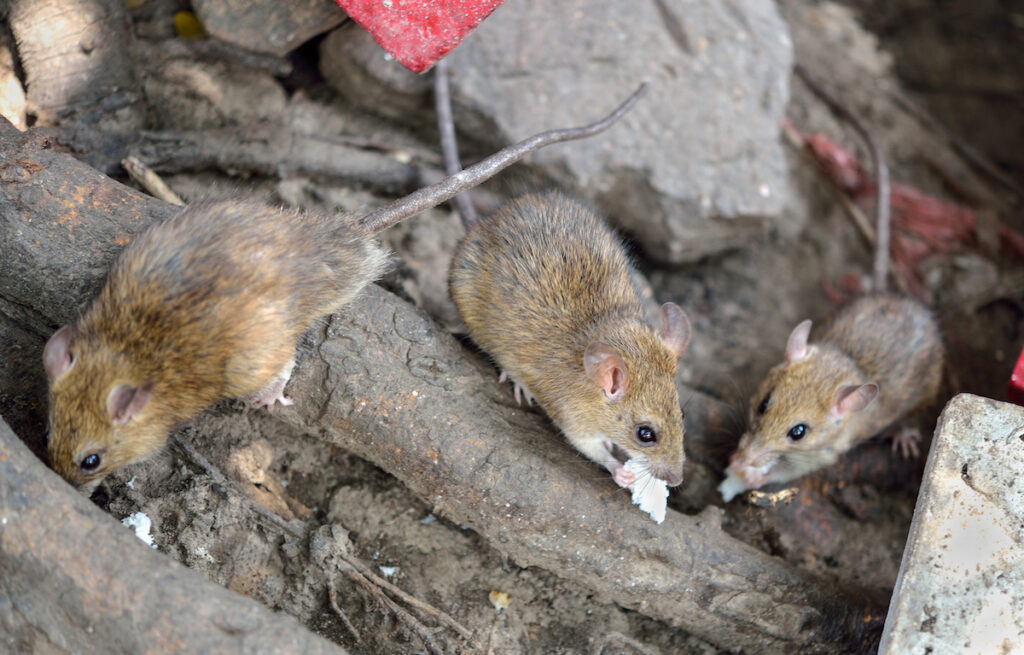The Norway rat is one of the most common rodents in the world. It can be a real nuisance for homeowners and businesses alike. These rats are larger than the more common house mice, and they can wreak havoc on your property. They can chew through furniture, walls, insulation, and even electrical wires. Norway rats can spread diseases and contaminate food sources. These pests can even cause structural damage to buildings. So if you see signs of a Norway rat infestation, it’s important to take immediate action.
Professional pest control services can help you get rid of the rats and prevent them from coming back. They can also help you identify potential entry points and recommend ways to make your home or business less attractive to rats. So if you suspect a rat problem, call us now at James River Pest Solutions.
What is a Norway Rat?
The Norway rat, also known as the brown rat or common rat, is a species of rodent. It is one of the most common and widespread domestic pests, with a presence in many countries and habitats around the world.
Norway rats are omnivorous and consume a wide variety of foods, including grains, cereals, fruits, vegetables, meat, and garbage. They are known to cause significant damage to crops and stored foods in both agricultural and urban areas.
Norway rats are prolific breeders and can have up to 70 offspring each year. This makes them particularly difficult to control and eliminate. Luckily, professional pest control services can help to reduce Norway rat populations and prevent them from becoming a major issue.
Appearance
Norway rats, also known as a brown rat or sewer rat, comes in at 16 inches and weighs about 1 pound. It is distinguished by its large size and brownish-gray fur. They live for an average of 2 years.
Behavior
They are most active at night and are able to survive in a variety of climates. These rats are omnivorous, meaning they will eat just about anything. This includes human food, pet food, bird seed, and even insects. They will also gnaw on furniture, electrical wires, and other items in order to get what they need.
You will usually see the rats travel in pairs and will build nests from materials like paper, cardboard, and fabric. They are also excellent climbers, able to access areas that other pests cannot. It’s important to be aware of the behavior of a Norway rat and take the necessary steps to control them. This can include using traps and rodenticides, as well as sealing any potential entry points. Taking these steps can help keep your home safe from infestations.
Signs of a Norway Rat Infestation
Rats are a common pest in many households and can cause significant damage to property. If you think you may have a rat infestation, there are some tell-tale signs you should look out for. The first is droppings. Rats leave behind small, black, oval-shaped droppings in areas where they’re active. You may also notice gnaw marks on walls or furniture, as well as smears of grease or dirt where the rats have been rubbing against them. Another common sign of a rat infestation is noise.
Rats are nocturnal, so you may hear them scurrying around in your walls and floors at night. If you suspect you have a rat infestation, it’s best to contact us at James River Pest Solutions as soon as possible. We can help you identify the problem and provide a solution to get rid of the rats before they cause further damage.
